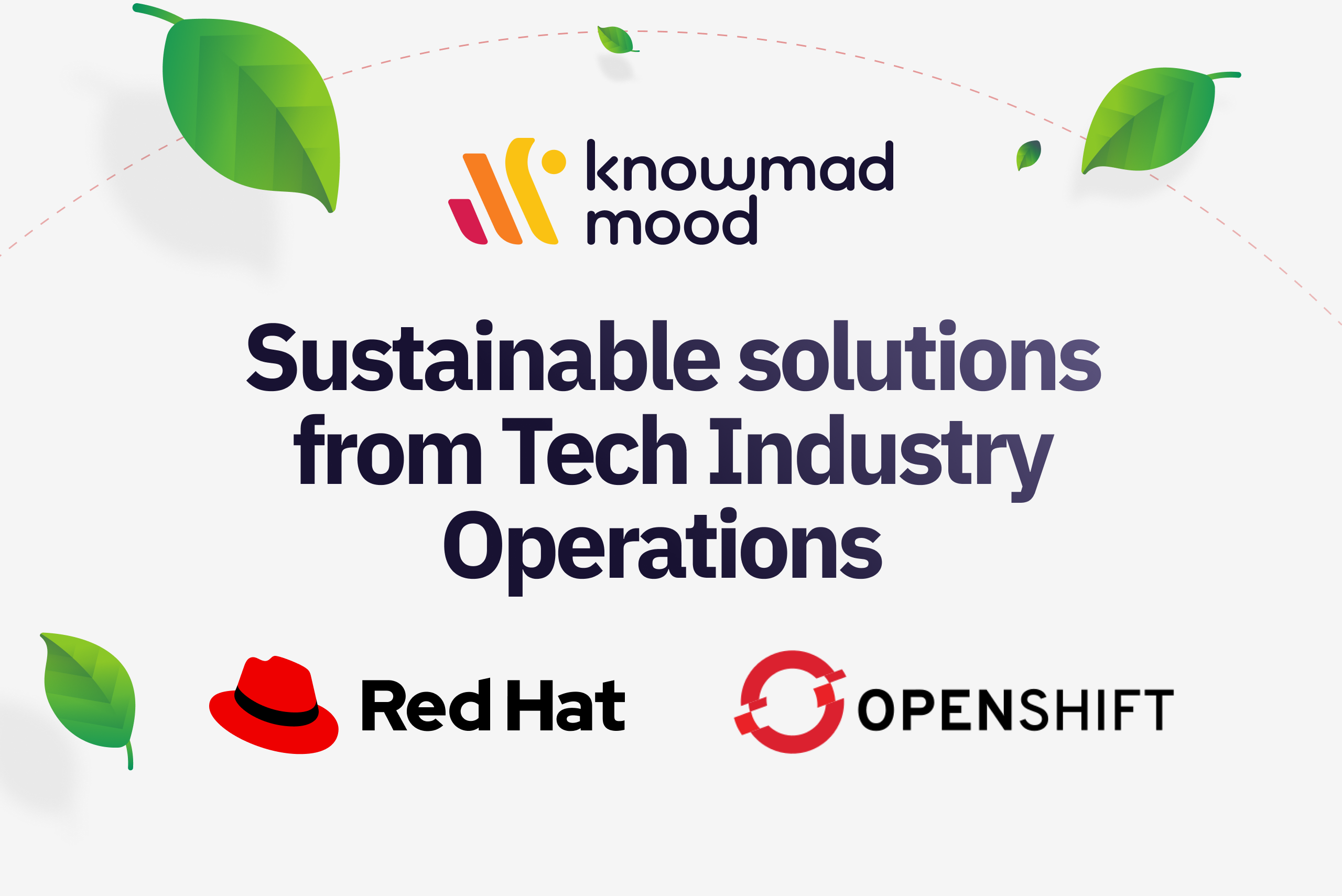
RedHat OpenShift Sustainable solutions from Tech Industry Operations
What is Red Hat OpenShift, and how does it contribute to sustainability in the tech industry?
Red Hat OpenShift is a Kubernetes-based container platform that enables organizations to develop, deploy, and manage applications more efficiently. It contributes to sustainability in the tech industry by promoting resource optimization, scalability, and automation, which reduce energy consumption and environmental impact.
How does Red Hat OpenShift support energy efficiency in data centers?
Red Hat OpenShift’s containerization technology allows applications to run in lightweight, isolated containers. This leads to better resource utilization and reduces the need for traditional virtual machines, resulting in more energy-efficient data center operations.
What role does Red Hat OpenShift play in promoting sustainable software development practices?
Red Hat OpenShift streamlines the application development and deployment processes, enabling DevOps practices and continuous integration/continuous deployment (CI/CD). This accelerates software delivery, reducing development time and overall resource consumption while promoting agile, efficient, and sustainable software development.
How does Red Hat OpenShift contribute to minimizing electronic waste?
By utilizing containerization, Red Hat OpenShift enables easier application updates and portability. This reduces the need for constant hardware upgrades, prolonging the lifespan of existing infrastructure and minimizing electronic waste generated by frequently replacing hardware components.
How does Red Hat OpenShift facilitate the adoption of renewable energy in tech operations?
Red Hat OpenShift’s scalability and cloud-native approach allow organizations to deploy applications across multiple data centers and cloud providers. This flexibility enables businesses to choose data centers powered by renewable energy sources, supporting the adoption of green computing practices.
What security features does Red Hat OpenShift offer to protect against cyber threats, thus promoting long-term sustainability?
Red Hat OpenShift incorporates robust security features, including container image signing, role-based access control (RBAC), and built-in vulnerability scanning. By enhancing security, the platform reduces the risk of cyber incidents that can lead to resource-intensive recovery processes and data breaches.
How does Red Hat OpenShift enable organizations to achieve regulatory compliance and sustainability reporting?
With its comprehensive monitoring and logging capabilities, Red Hat OpenShift assists organizations in tracking resource usage and ensuring compliance with environmental regulations. This data can be utilized for sustainability reporting, helping companies measure and manage their environmental impact effectively.
What are the long-term benefits of adopting Red Hat OpenShift from a sustainability standpoint?
Adopting Red Hat OpenShift can result in various long-term sustainability benefits, including:
- Reduced energy consumption and data center footprint.
- Lower hardware and infrastructure costs through resource optimization.
- Minimized electronic waste and extended hardware lifespans.
- Streamlined development processes leading to quicker software deployment and updates, thus saving resources.
- Enhanced security measures, reducing the risk of resource-intensive cyber incidents.

